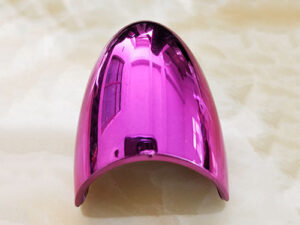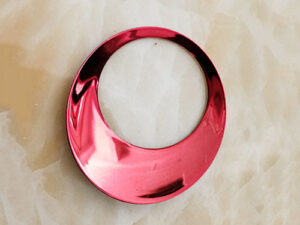1 Appearance
The appearance of the coating is consistent in color and lustre, and the crystals are fine; the coating has no blistering, peeling, pinholes, and burning; no obvious roughness and burrs; no obvious water marks and fingerprints.
2 Plating thickness
The thickness of the coating on the main surface meets the requirements of the drawing (if there is no special drawing, it can be implemented according to the national standard and industry standard acceptable to both parties).

3 Cohesion
If there is a binding force requirement, the binding force test should be carried out according to the method agreed by both parties. After the test, the coating and the substrate should not be delaminated, peeled off, or peeled off. (The national standard lists more than ten test methods such as friction polishing test, shot peening test, peeling test and bending test, which can be used for different plating parts and coatings).
4 Corrosion resistance
Carry out the test according to the test method and cycle agreed by both parties. (The test methods listed in the national standard include humidity test, salt spray test, acetate salt spray test, etc.).
The above are the general quality requirements to be met by the electroplating layer (including small hardware). According to the characteristics of the coating, the use, the occasion of use, the grade and other conditions, the quality requirements of the electroplating are different.
anodized aluminum
anodizing aluminum
anodized
forming plastics
anodizing
aluminum anodizing
iso 2768
plastic-forming
machinery’s handbook
forming plastics
anodize aluminum
cnc machining services
anodize
vapor polishing polycarbonate
plastic injection molding
rapid prototyping methods
passivating aluminum
anodization
vapor polishing

 Deutsch
Deutsch Français
Français 日本語
日本語 Español
Español
